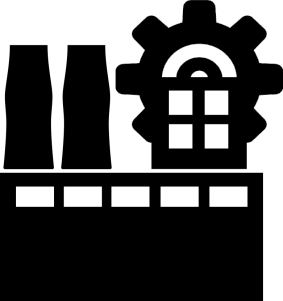INTRODUCTION
Human-robot interaction (HRI) is a very broad multidisciplinary area within robotics. It primarily deals with the interaction between human(s) and robot(s) and allows that to happen in a productive and collaborative manner. Applications for HRI are numerous, some of which are listed below.
MOTIVATION
Our motivations for this project stem from the need to make HRI smarter and more reliable in applications such as:
INDUSTRY
- Enhance productivity in industries by allowing work to be done collaboratively between workers and robots.
- Create a productive, yet physiological comforting environment for workers
- Ensure that HRI meets safety protocols as automation continues to grow inexorably.
MEDICAL
- Develop robots and HRI software that enable them to serve as caregivers and nurses as a solution to a growing shortage of such occupations.
- Help rehabilitate patients and allow them to regain motor skills due to a neurological disorder.

GOAL
To achieve these goals, it is vital that HRIs are developed to allow robots to quickly infer human movements in an unpredictable and dynamic environment. Inference models that rely on Baynesian statistics are reliable, yet may be too computationally complex for robots to immediately actuate. Once trained with sufficient data from such models, machine learning and/or deep learning models can be used to supplant inference models. Their performance is measured through a metric such as root mean-square error (RMSE), which is compared with the number of past datapoints necessary to predict human movements.

